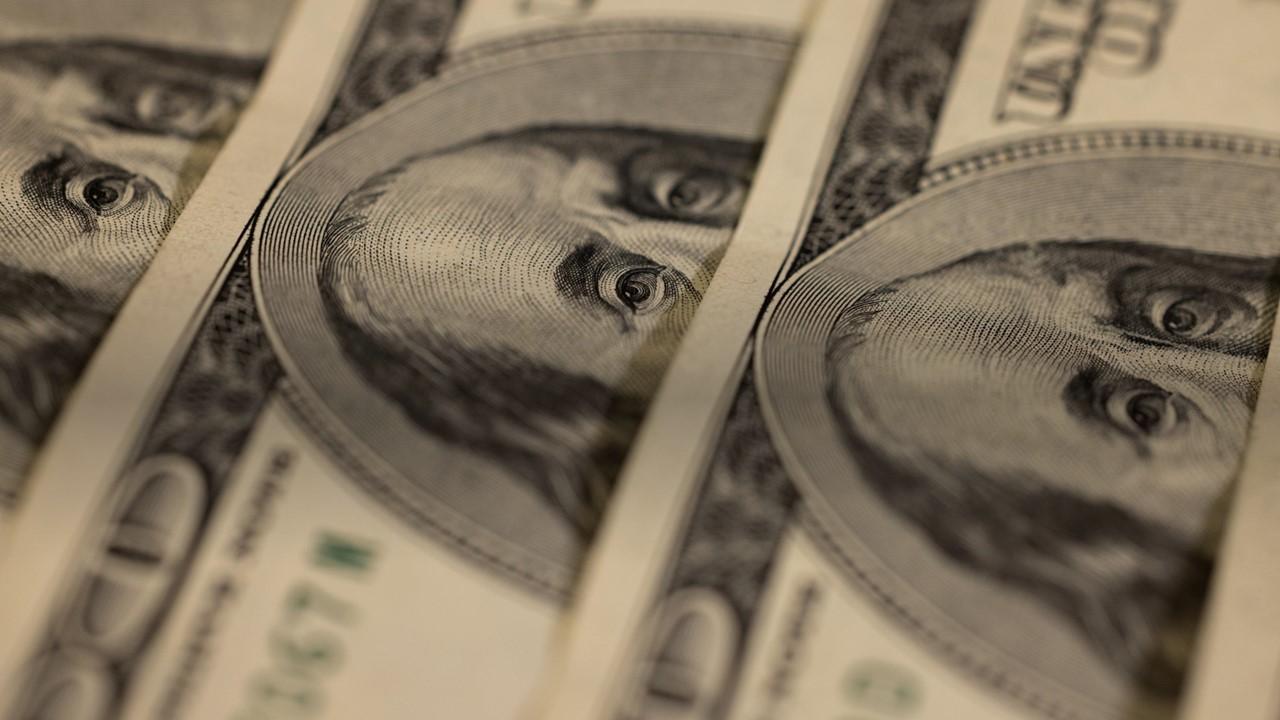I Bonds Are Popular Amid High Inflation — Yearly Spending Limits Apply
Series I savings bonds are all the rage these days because they track inflation. Here’s how often you can buy them and other considerations for your investment.
Nov. 2 2022, Published 11:25 a.m. ET
The U.S. Treasury’s Series I bonds are all the rage these days (the Treasury sold nearly $1 billion of I bonds on Friday, Oct. 28 alone ahead of the deadline for the heightened interest yield). Since I bonds see a higher yield when inflation is high, you can imagine investors seeking to hedge against inflation are swarming to I bonds.
If you want to purchase I bonds now, you won’t get the record 9.62 percent returns, but you can still access a 6.89 percent interest yield for any bonds issued through April 30, 2023. If that interests you, make sure you know how often you can buy them, how much you can spend on them, and other considerations before investing.
How often can you buy I bonds and how much can you spend?
There isn't a limit to the number of times you can purchase I bonds in a given year, but there are limits to how much you can spend on them per year.
According to TreasuryDirect, the platform that lets you purchase bonds electronically, any one person can purchase $10,000 in electronic I bonds and $5,000 in paper I bonds that you buy when you file federal tax forms.
The platform adds, “Gift bonds count toward the limit of the recipient, not the giver.” If you have an individual and business entity account on TreasuryDirect, you can purchase up to the limit on each of the accounts.
If you reach the limit for electronic I bonds, you can always purchase paper bonds and transfer them later.
Are I bonds tax-free?
You do have to pay federal income taxes on Series I savings bonds interest. Since the interest on I bonds compounds (interest is reinvested into the asset, which then yields more interest), you still get the benefit of a decent investment.
You can pay taxes on I bonds in one of two ways:
Cash: You pay taxes at the end of the bond’s life, when the government repurchases them.
Accrual: You pay taxes each year on the interest accrued on the bond’s principal value.
When do series I bonds pay interest?
I bonds can earn interest for up to 30 years, but you can cash it out before then. To earn interest, you must hold the bonds for at least 12 months, but you need to hold them for more than three years if you don’t want to lose out on the last three months of interest. For Series I savings bonds, interest compounds, so your asset grows as you hold it, even before you cash it out.
You can report the interest in the year you cash out your investment or report it each year even though you don’t see the cash yet. As mentioned above, this determines how you pay taxes on them (either by the cash method or accrual method).
Ultimately, I bonds are relatively low risk and provide a good way to earn interest income over the years. Since you don’t have to stick around for the full 30 years, it’s not an insurmountable commitment.


